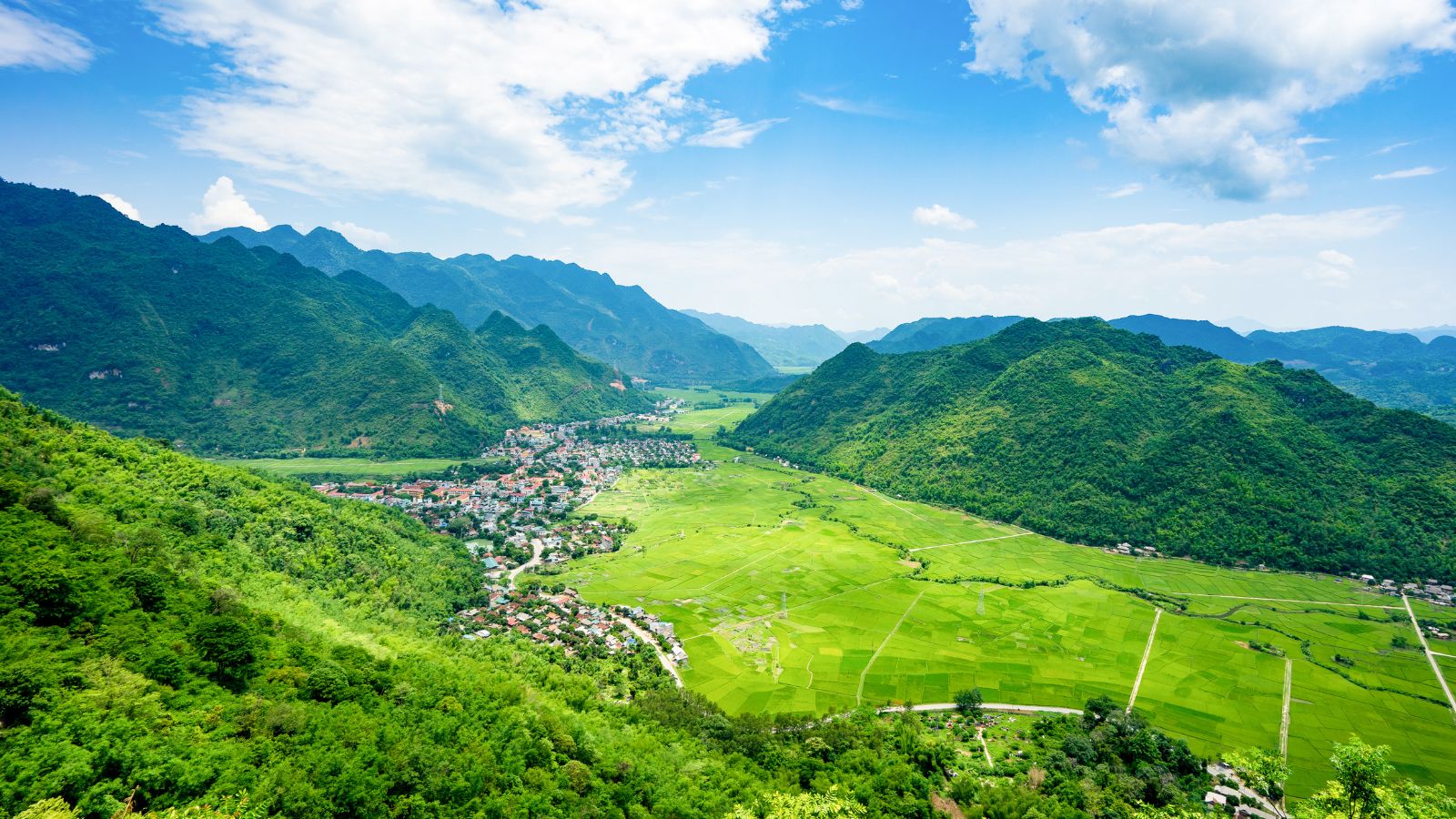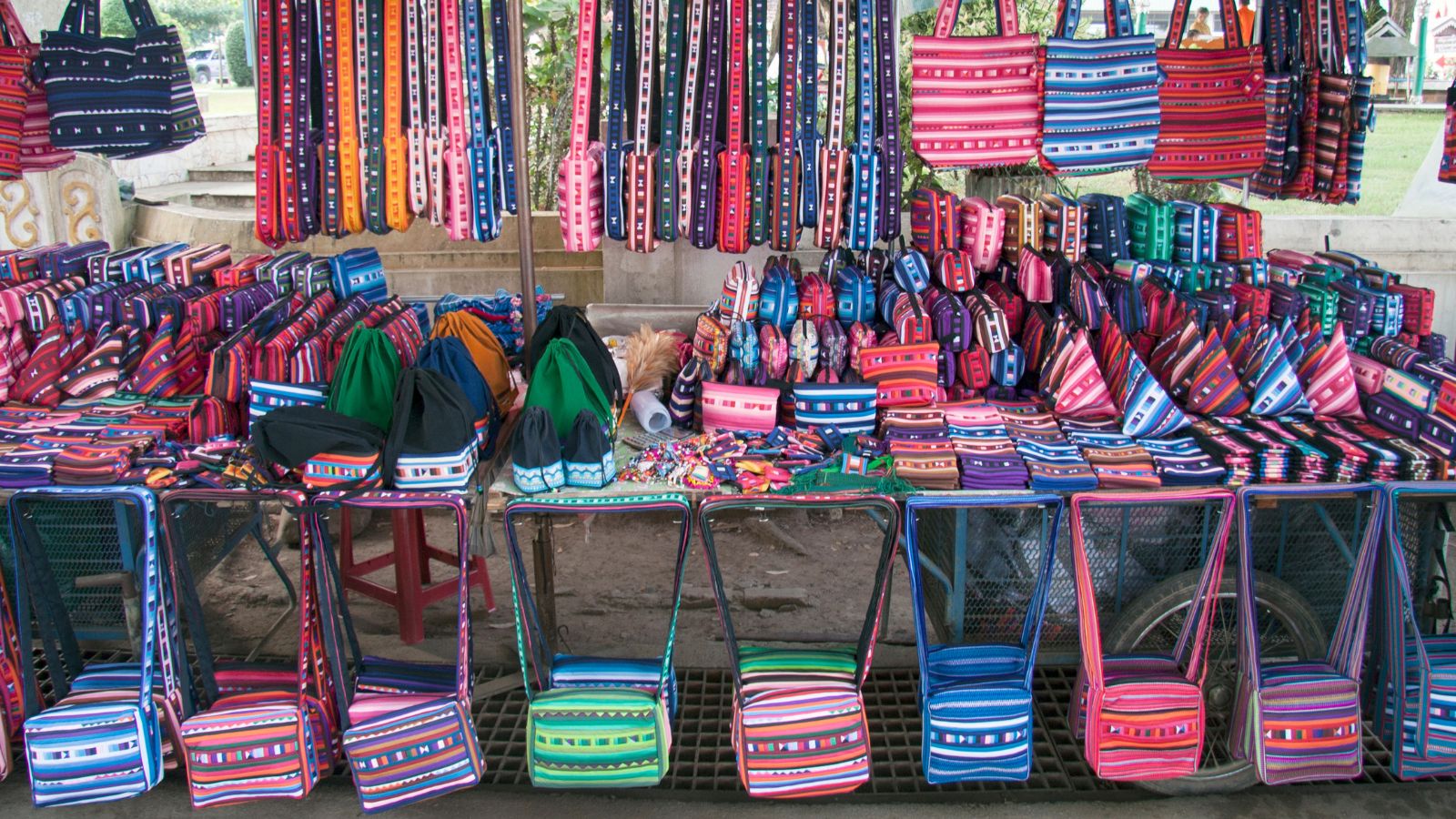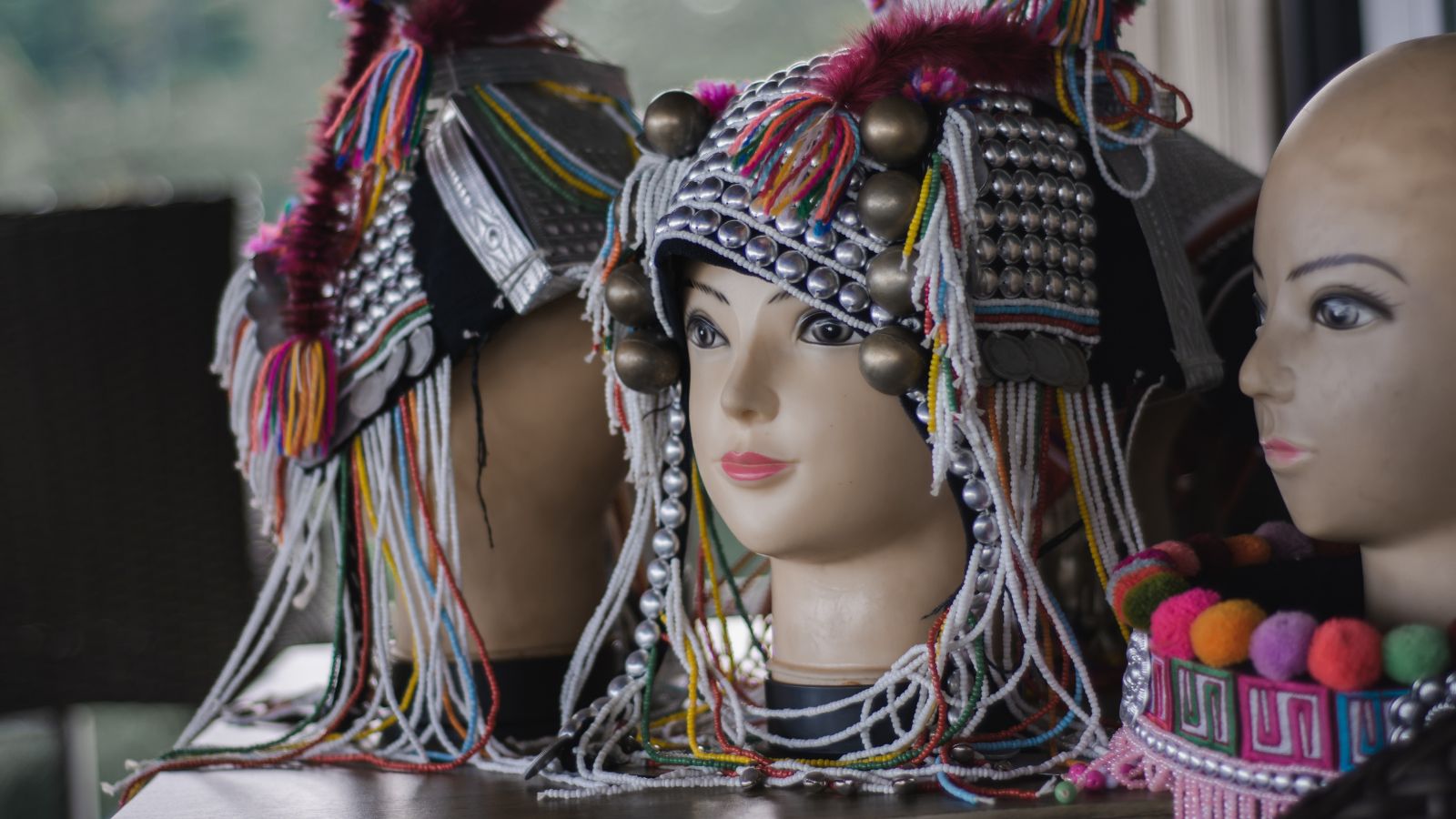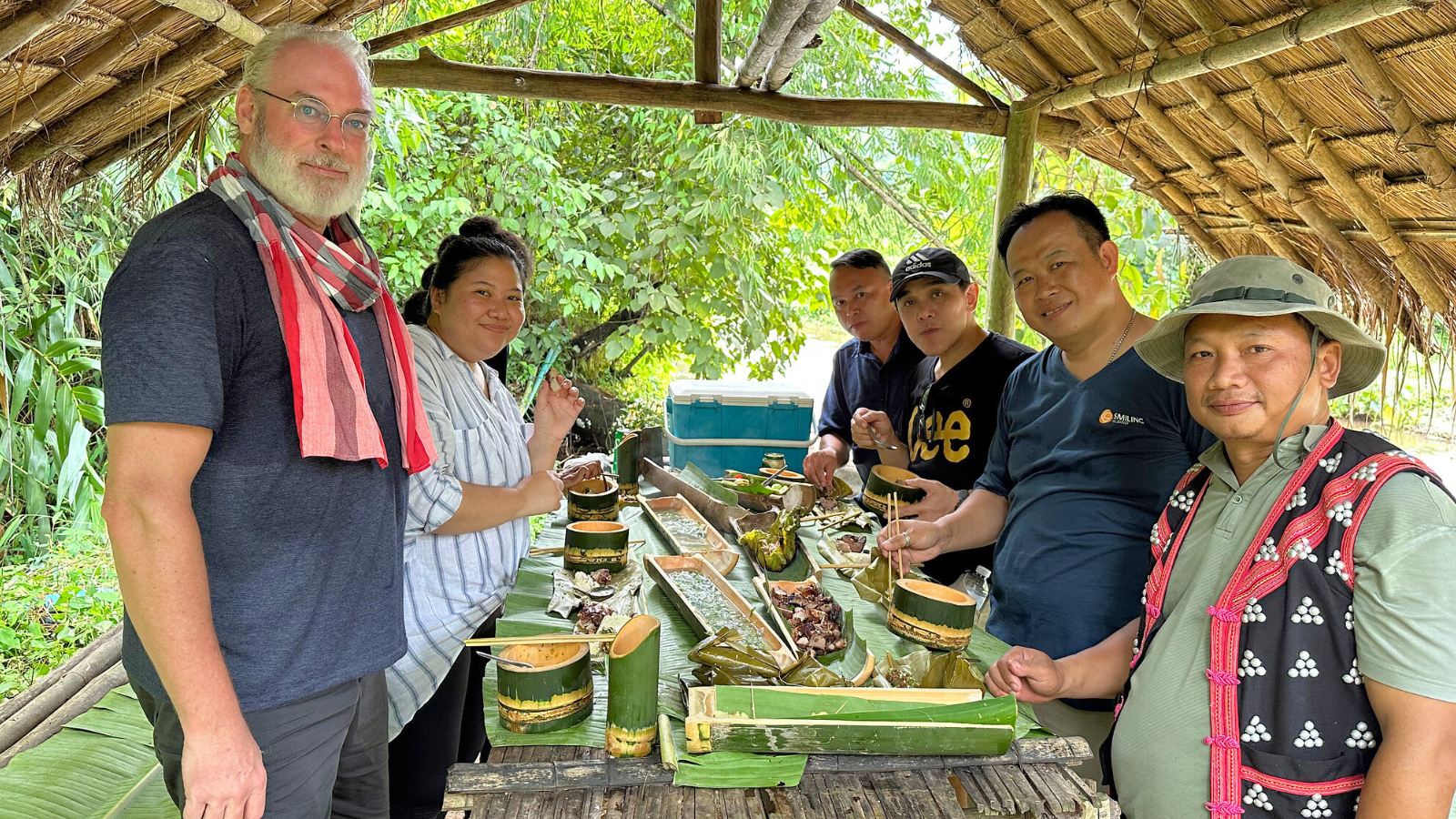Hilltribe 101: What Does Authentic Hilltribe Tourism Look Like?
25 OCTOBER 2023
Hilltribe tourism is, for many travellers, an essential part of any visit to Southeast Asia - the chance to see a way of life unchanged for decades, and experience something genuine and authentic. But what is an authentic hilltribe experience, and how can you ensure that your visit to a hilltribe village is both authentic and sustainable?
Putting On a Show
Many years ago I did a homestay experience in a hilltribe village in Mai Chau, in northern Vietnam. It all seemed pretty authentic: my ‘room’ was a sectioned off area of wooden floor with a thin mattress on it, beneath which the family buffalo could be heard snuffling. Lunch was a scrawny village chicken, hunted down by the father of the family with a bow & arrow. All day the villagers could be seen coming and going from their work in the surrounding fields.
But as darkness fell, things changed. Stalls selling ‘local’ arts & crafts, most of which looked like they were made in a factory somewhere outside Hanoi, appeared in front of each house. Local rice wine was conspicuous by its absence, whilst cans of Tiger and Heineken were on sale everywhere. Several villagers put on costumes and did a dance performance for the large number of tourists who were staying overnight – yes, it turned out that every single house in the village was a ‘homestay’. I asked my guide about the dance performance, and he sheepishly replied that it was just put on for the tourists’ benefit; normally the villagers would only dress up and dance for special occasions.
I’m not saying I didn’t have a good time – the food was great, the villagers were very friendly, and the surrounding scenery was spectacular – but it was far from the ‘authentic’ experience I’d been expecting.

Defining Authenticity
But when it comes to travel, what is ‘authentic’ anyway? Floating markets are on many travellers’ lists of things to see in Thailand, but these days they’re only put on as tourist attractions. Pad Thai, the quintessential Thai dish for many westerners, is not some ancient traditional foodstuff, but was (according to which story you believe) created either in the 1930s as part of a nation-building exercise, or post-WWII when there was a rice shortage. In modern Bangkok, you’re more likely to see Thais eating in McDonalds or KFC than eating Pad Thai. Does that mean going for a Big Mac is now an authentic experience when visiting Thailand?
Of course not. But it does highlight the difficulty of defining what an ‘authentic’ travel experience is. For us, an ‘authentic’ activity can loosely be defined as something the locals would be doing whether there were tourists there or not. So if your hilltribe villagers are selling you cans of Heineken whilst doing an evening dance performance, you’re probably not having an authentic experience. It may well still be an enjoyable experience – after all, who doesn’t love beer & music? – but it’s also a textbook example of unsustainable tourism, where the presence of visitors has changed the behaviour of the locals.


Listening to Hilltribe Voices
And who better to help us understand hilltribe tourism than someone who was born and raised in a hilltribe village, and now works for Smiling Albino as one of our superstar guides? Khun Eak grew up in a Lahu village in the far north of Thailand, near the border with Myanmar.
“Growing up in a remote hilltribe village was a simple but rewarding experience,” says Eak. “We lived close to nature and had a strong sense of community. We helped our parents with chores around the house and farm, and we played with our siblings and cousins in the forest. Our village was self-sufficient, and we grew our own food and made our own clothes. We didn’t have much money, but we were happy and content.”
However, behind the apparent idyll of a typical hilltribe village – the smiling children, the charming wooden houses, the beautiful natural surroundings – life can be very tough indeed, and Eak does not view his upbringing through nostalgic, rose-tinted spectacles. “One of the biggest challenges is poverty,” he tells me. “Many hilltribe villages are located in remote areas with poor infrastructure and access to education and healthcare. This makes it difficult for hilltribe people to improve their lives.”

Villagers also face environmental challenges, some of which are caused by tourism. “Climate change and deforestation are threatening their traditional way of life, “says Eak. “Many hilltribe people rely on the forest for food, medicine, and other resources, and the construction of tourist facilities can damage the forest and pollute rivers. As the forest disappears, so does their way of life.”
Tourism, however, can also have positive effects on hilltribes. It can provide villagers with a source of income, improving their quality of life. It can help promote and preserve their traditional way of life. It can also help raise awareness of the issues that affect hilltribes, including the negative effects of tourism itself, such as over-tourism that changes the villagers’ traditional way of life (as I experienced in Mai Chau), the exploitation of villages via voyeuristic tourism, and negative environmental impacts.
Positive Impacts, Authentic Experiences
So how can travel businesses provide hilltribe visits which are authentic experiences and have a positive impact on the communities involved? With Eak’s input, we came up with five positive steps:
- Work with local tour providers and guides who are members of a hilltribe community, ensuring revenue benefits the community itself
- Hire hilltribe people as staff in hotels and restaurants – Jungle Rafts in Kanchanaburi for example is staffed by people from the nearby Mon hilltribe village
- Offer tourists the opportunity to stay overnight in homestays and experience hilltribe culture firsthand
- Donate a portion of profits to support hilltribe communities, particularly in education
- Ensure that any tourism activities in a hilltribe village cause minimal disruption and do not cause radical lifestyle changes for the villagers – tourists should adapt themselves to the locals, not the other way around
As a traveller, make sure the company you travel with follows as many of the above steps as possible to ensure that your visit benefits both you and the villagers you meet.
As Eak says, “Hilltribe villagers generally see tourists with curiosity and interest. They are happy to share their culture and traditions with visitors. However, it is important to remember that hilltribe people are not tourist attractions. They are people with their own lives and cultures. It is important to be respectful and to avoid exploiting them.”
We have almost 25 years of arranging unique and authentic hilltribe experiences in Thailand, Vietnam, Cambodia & Laos. Contact us to arrange your trip!
